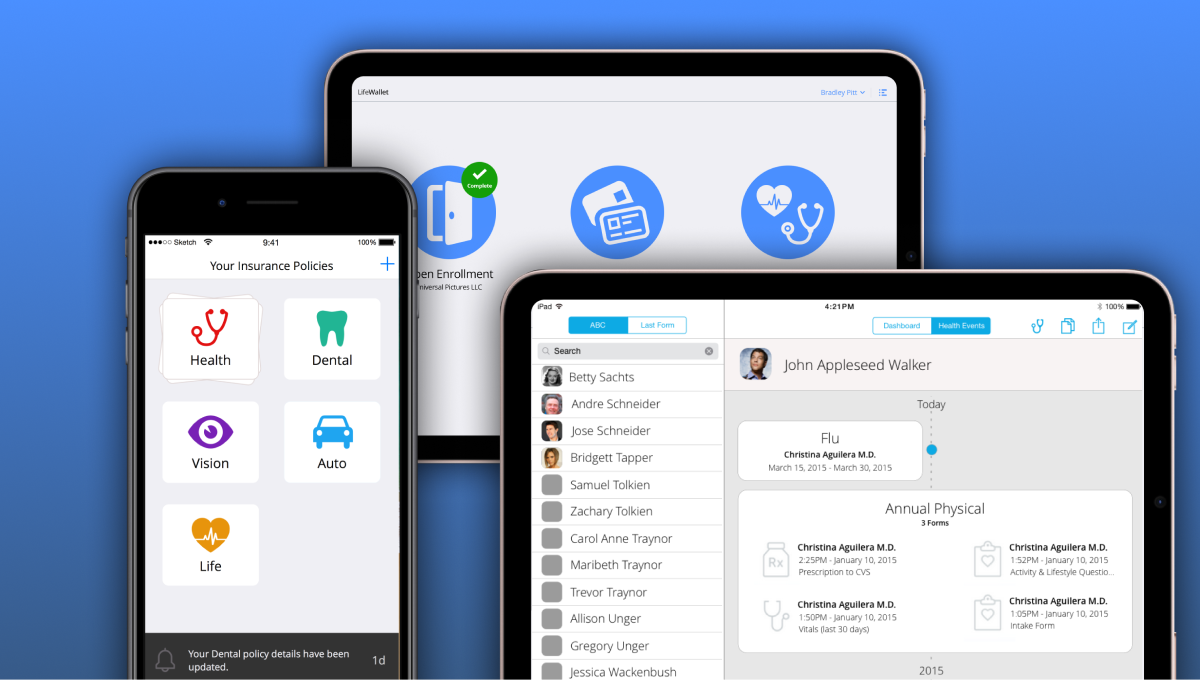How the EncounteRx product helped launch the West Miami Healthy Hub program
Roles
Design Lead
Research Coordinator
UI/UX Designer
Platforms
iOS Phone
iOS Tablet
TV
Years
2014-2015
Problem & Opportunity
The population of any major city includes those that are underserved – lack of healthcare resources for chronic disease prevention and basic preventative care, food deserts, lack of public transportation options, few housing options for low-income populations. A district of west Miami (Kendall) is especially impacted and in 2014 was selected as an area for Federal investment because conditions were so dire.
The problem the LifeWallet team was able to help solve is “How might we provide routine health screenings for community residents that don’t have health insurance, no medical records, and often were suffering with chronic conditions like high blood pressure or diabetes and had no idea?”
As part of the Healthy West Kendall program being piloted at Baptist Hospital, nurses were selected to screen community members and needed the ability for people to capture the information they knew about themselves and guide the process of a basic health screening.
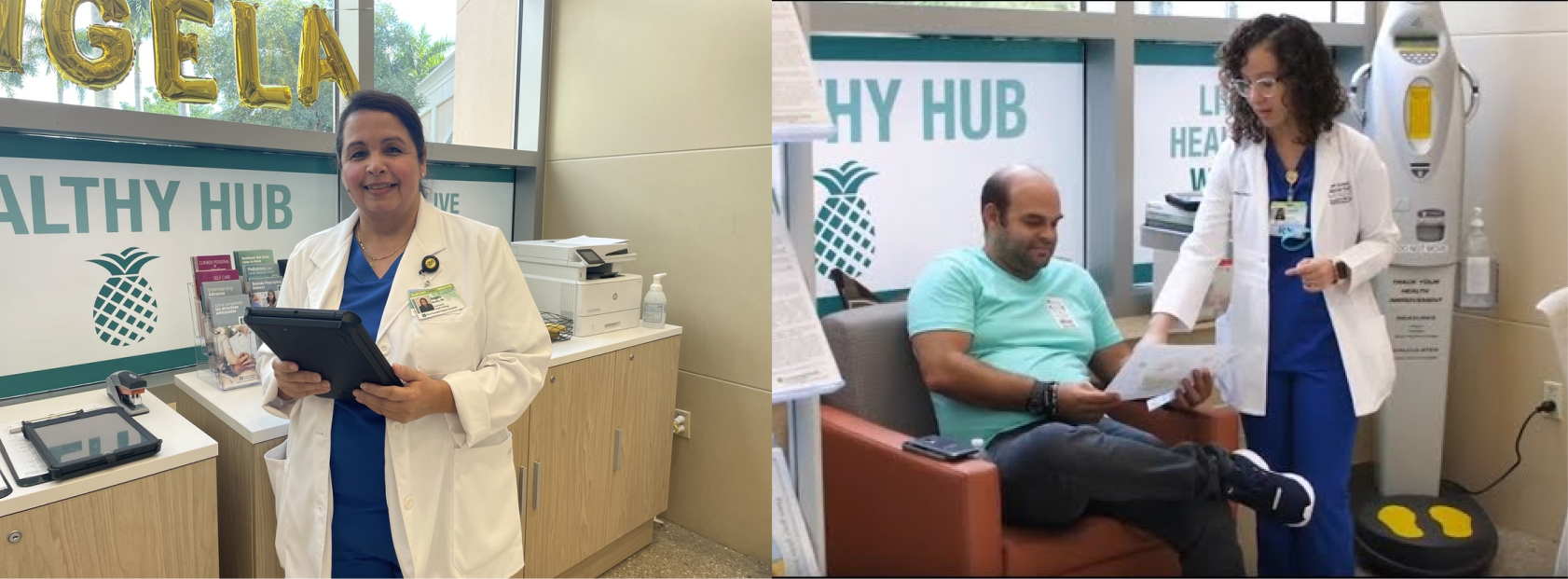
Research
We observed the initial process for intake on-site for two weeks while also giving participants a quick exit survey about their experience. We found that the process was very manual. Because patients weren’t going to be going through the traditional health system, desktop computers with the full-blown EHR system (EPIC) wasn’t deemed appropriate by the hospital, but they didn’t have anything else digital to record information. The nurses were capturing data on hand-written forms. Patients also had to fill out all their information each time they came, which deterred some people from coming back.
Talking with several of the individuals, they were eager for care. The first-come, first-served approach led to long wait times for individuals who also didn’t have personal transportation and little flexibility with their job schedules. Patients were asked to come by every 2 weeks to see how their health was trending.
Nurses were able to screen about 3 people per hour with the pen-and-paper manual setup.
Solution
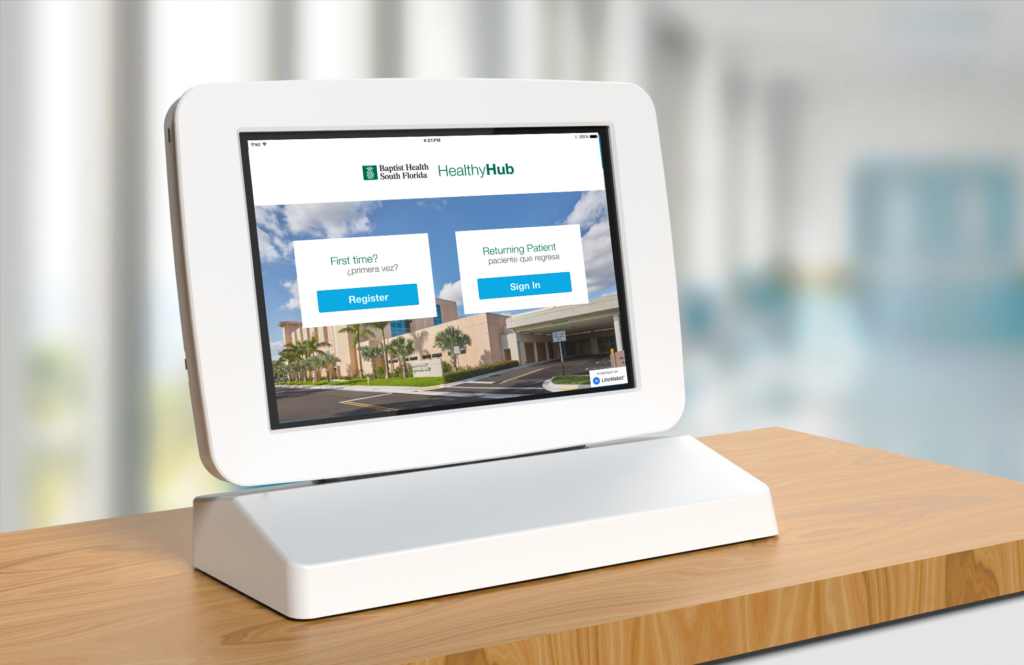
Kiosk
We prototyped and built a basic iPad app that was set up as a kiosk for individuals to enter their information, and with it captured electronically, they could sign in on their next visit by just selecting their name. It also gave an hour-by-hour window into when someone would be seen.
EncounteRx
When a nurse was ready for an individual, they could select the patient from on their iPad and were guided through the 5 biometric screening steps (blood pressure reading, glucose check, cholesterol check, BMI and body fat, and a health risk assessment). We partnered with a hardware provider that donated bluetooth devices which led to more consistent and faster data entry directly into the app.

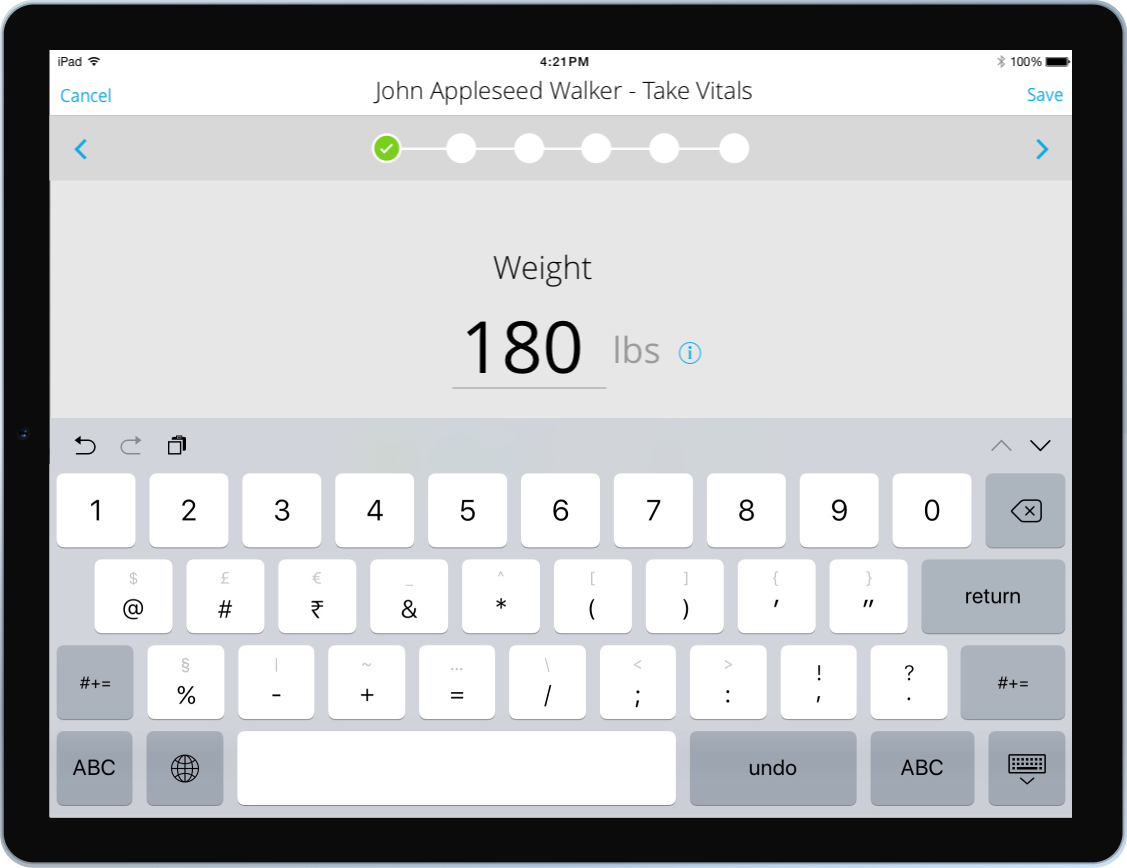
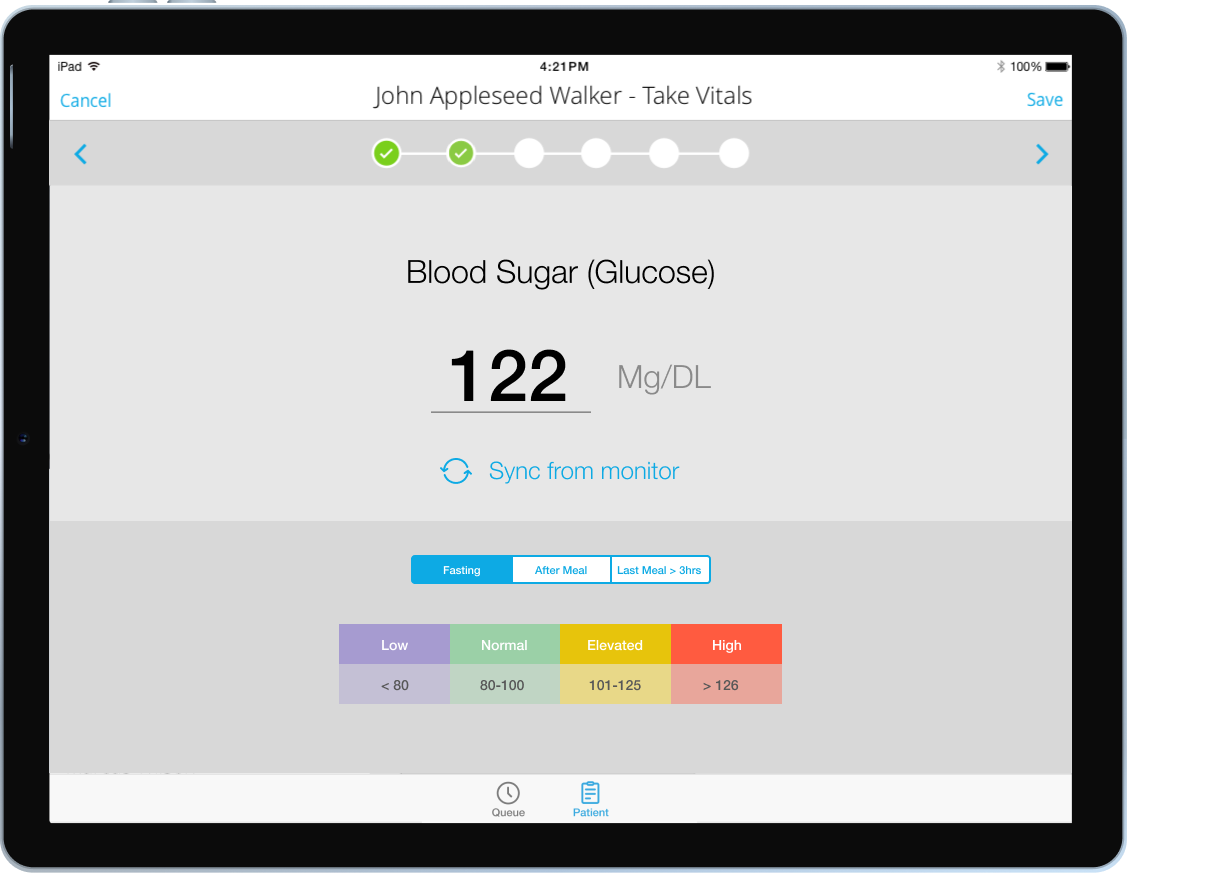
We also created a basic scheduling system based on the number of nurses that were available for a given day. This info synced between the kiosk app, EncounteRx, and the Healthy @ Home app. To keep folks from constantly needing to walk up to the kiosk and check where they were in line, we made a basic web app that was shown on a TV in the waiting room that displayed the patient name and when they were scheduled to be seen.
Results
The program was a success, having performed more than 32,000 screenings to date and has received funding both Federal and from Miami-Dade County for several years. The Healthy Hub program has become a pillar of the Healthy West Kendall community initiative.
With the solutions we provided, nurses are able to complete an average screening in about 9 minutes which almost doubles the bandwidth to serve the community!
Press
- https://southfloridahospitalnews.com/west-kendall-baptist-hospitals-healthy-hub-among-winners-in-the-ge-healthycities-leadership-academy-open-innovation-challenge/
- https://www.golocalwestkendall.com/healthyhub
- https://www.aha.org/case-studies/2016-01-01-west-kendall-baptist-hospital-healthy-hub
- https://baptisthealth.net/baptist-health-news/my-health-is-much-better-thanks-to-healthy-hub-at-west-kendall-baptist-hospital

